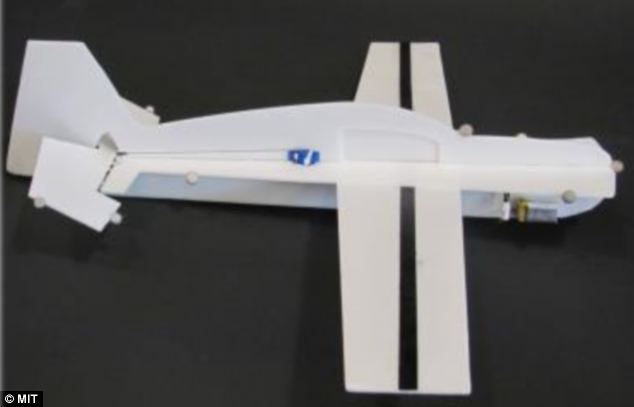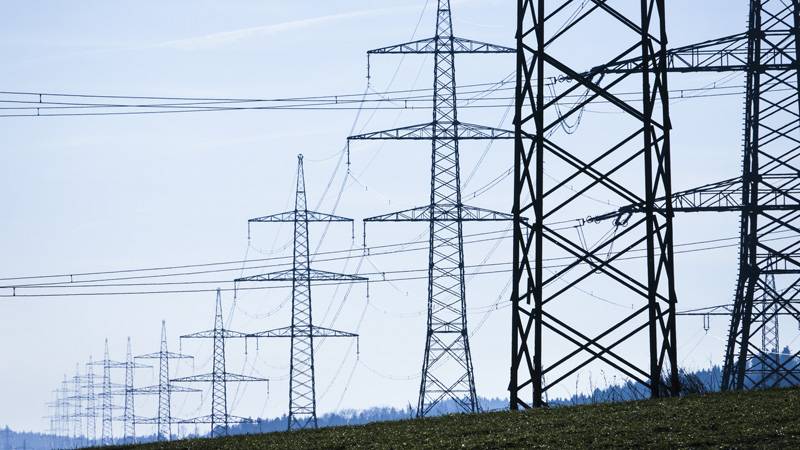A team of students from the Massachusetts Institute of Technology has been working on a project for several years that would allow drones to locate power lines and recharge their batteries from them, before resuming their flight. A technology still under development that could revolutionize the commercial use of drones.
A group of students from the Computer Science and Artificial Intelligence Laboratory ( CSAIL ) of the Massachusetts Institute of Technology (MIT) is developing a system that would allow drones to land on overhead power lines to recharge their batteries. The problem of the autonomy of these flying machines would be resolved, and we could consider using drones for commercial applications which involve traveling great distances in total autonomy.
The site Business Insider has published an article on this project by disseminating a short demonstration video. This project began several years back with a thesis published in 2011 entitled Powerline Perching with a Fixed-Wing UAV. Here a student Joseph Moore describes the system based on the detection of magnetic fields emitted by power lines.
The principle is to install magnetometers in a drone by coupling it to an inertial (accelerometer and gyroscope) system and microcontroller (ATMega128 AVR). Everything is powered by a lithium-ion battery of 300 mAh and weighs just over 240 grams. A combination of algorithms allows the drone to determine its state (position, velocity, acceleration, etc.), The drone detects the magnetic field of the power line and calculates its approach. Joseph Moore states that his work is based on those conducted by the U.S. Air Force through the Air Force Research Laboratory as part of a program called Power Line Urban Sentry . One can easily imagine the interest of the military in a technology that could enable drones to recharge independently during the course of their long-duration missions.
However, this ambitious project is still far from being finalized. As revealed in the demonstration video published by Business Insider, the UAV is able to detect the magnetic field of a power line and get close to a few centimeters, but not yet perching. In addition, attempts have only been made without self-propulsion system on the drone. The next step is to equip the vehicle with an electric motor for testing outdoors. One of the pitfalls that Joseph Moore has already anticipated in his thesis is that the engine will inevitably cause interference that could interfere with the detection of the magnetic field. We must therefore find a way to isolate or compensate these disturbances. Still a long way to go!!!


